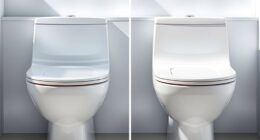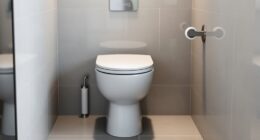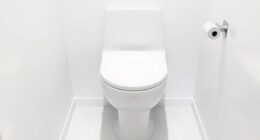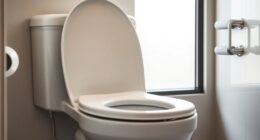Do you know about the electrical zones in your bathroom? Ever thought about why they’re crucial?
In this article, we will delve into the world of bathroom electrical zones, exploring their significance and regulations. We will also discuss how to differentiate between the different zones and the necessary safety measures for each.
So, if you desire mastery over your bathroom’s electrical safety, join us on this technical and precise journey.
Key Takeaways
- Bathroom electrical zones are categorized into Zone 0, Zone 1, Zone 2, and outside zones.
- Compliance with bathroom zone regulations ensures safety and functionality of electrical installations in wet areas.
- Different zones have specific electrical safety measures, such as low voltage and IPX ratings for fixtures.
- Common electrical fixtures for each zone include illuminated mirrors, recessed lights, and dimmable sconces.
Understanding Bathroom Electrical Zones
First, we’ll explain the different bathroom electrical zones and their specific requirements.

When it comes to wiring requirements for bathroom electrical zones, safety is paramount.
In Zone 0, which is the area inside the bath or shower, only low voltage electrical devices are allowed, such as SELV (Safety Extra Low Voltage) lighting.
Zone 1, the area directly above the bath or shower up to a height of 2.25m, requires IPX4 rated lighting fixtures, which can withstand splashes of water.
Zone 2, extending 0.6m horizontally from Zone 1 and 2.25m vertically from the floor, also requires IPX4 rated lighting.

Lastly, outside of these zones, there are no specific wiring requirements.
Lighting options for bathroom electrical zones include recessed spotlights, wall-mounted fixtures, and illuminated mirrors.
Now that we understand the different zones and their requirements, let’s delve into the importance of these bathroom zone regulations.
Importance of Bathroom Zone Regulations
Now that we understand the different zones and their requirements, it’s important to recognize the significance of these bathroom zone regulations. Compliance with bathroom zone regulations is crucial for ensuring the safety and functionality of electrical installations in bathrooms. These regulations are designed to minimize the risk of electric shock and fire hazards in wet areas where water and electricity are in close proximity.
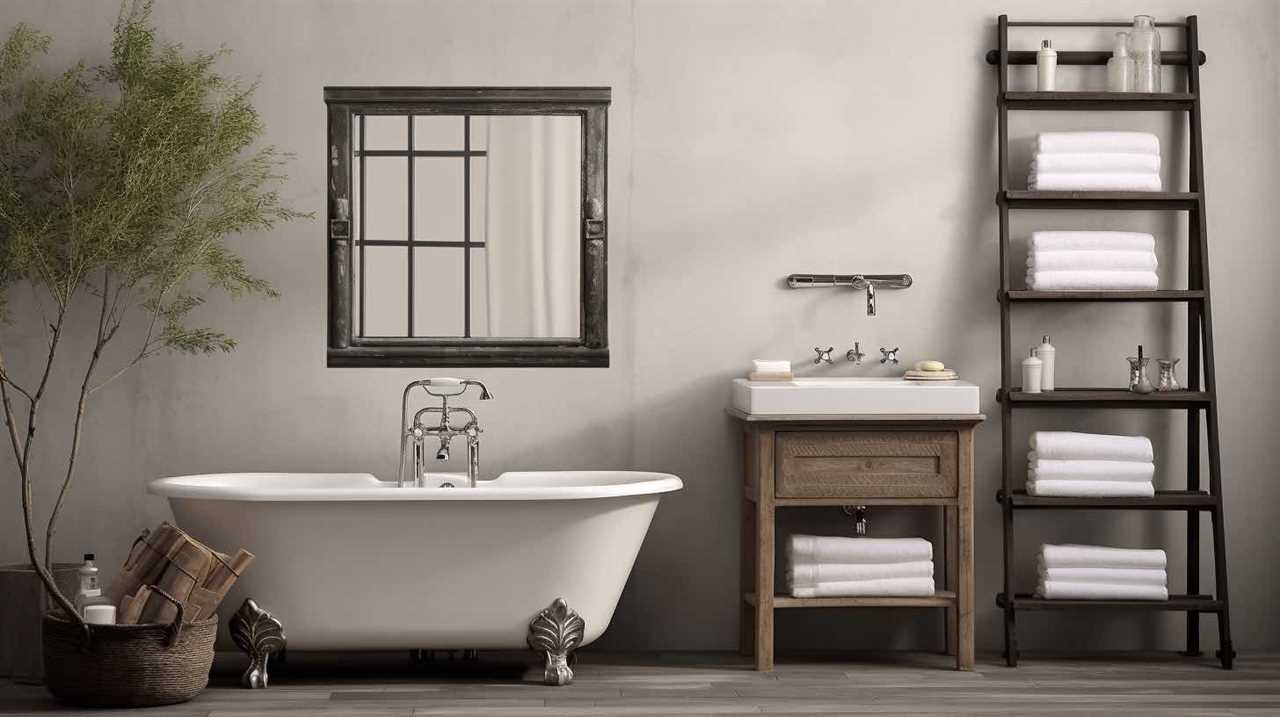
Non-compliance with bathroom electrical codes can pose serious risks. Improper installation or use of electrical equipment in bathroom zones can lead to electric shock, electrocution, and even fatalities. It can also increase the likelihood of electrical fires, which can cause extensive damage to property and put lives at risk.
By adhering to bathroom zone regulations, individuals can ensure that their electrical installations meet the necessary safety standards. This includes using appropriate electrical fittings, positioning outlets and switches correctly, and utilizing devices with adequate ingress protection. Regular inspection and maintenance of electrical installations in bathroom zones are also essential to identify and rectify any potential issues.
Differentiating Between Bathroom Zones
To understand the different bathroom zones, let’s start by differentiating between them. Bathroom zone regulations are in place to ensure electrical safety measures are followed in a potentially hazardous environment.
Here are three key distinctions between bathroom zones:
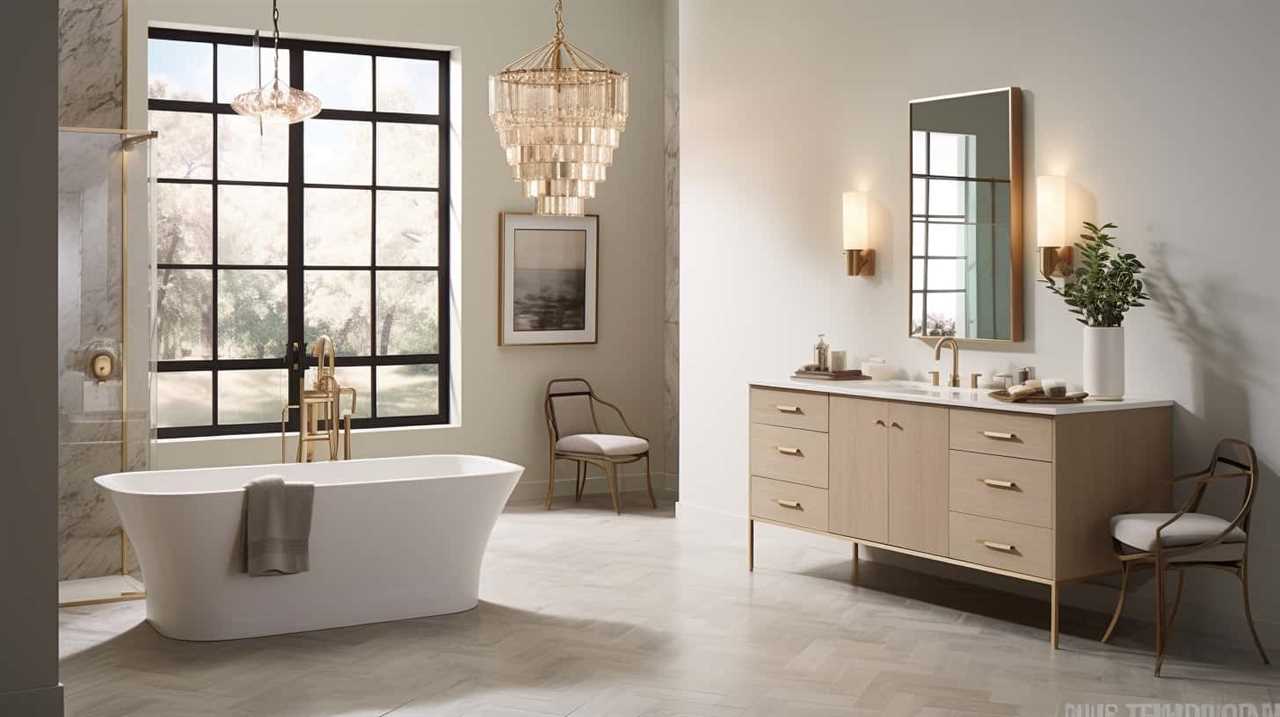
- Zone 0: This is the area inside the bath or shower itself, where water is likely to be in direct contact with electrical equipment. In this zone, only low voltage (12V) equipment with a maximum power of 100W is permitted, and it must be IPX7 rated.
- Zone 1: This zone extends to a height of 2.25 meters above the bath or shower floor. Electrical equipment installed in this zone must have a minimum IPX4 rating, which provides protection against water splashes.
- Zone 2: This zone covers the area outside Zone 1, extending horizontally for 0.6 meters and vertically for 2.25 meters. Electrical equipment in this zone should have an IPX4 rating as well, as it may be exposed to occasional water splashes.
Understanding these bathroom zones is crucial for ensuring compliance with safety regulations and minimizing the risk of electrical accidents in the bathroom.
Electrical Safety Measures for Each Zone
Moving on to the topic of electrical safety measures for each zone, we will now explore the specific regulations and precautions that need to be followed. Ensuring electrical codes compliance and implementing waterproofing measures are crucial steps in maintaining a safe bathroom environment. To help you understand the requirements for each zone, refer to the following table:
| Zone | Electrical Codes Compliance | Waterproofing Measures |
|---|---|---|
| Zone 0 | Must be low voltage (12V) and IP67 rated | Fully waterproof |
| Zone 1 | Must be low voltage (12V) and IP45 rated | Splash-proof |
| Zone 2 | Must be low voltage (12V) or SELV (Separated Extra-Low Voltage) | Splash-proof or IP44 rated |
| Outside Zones | Normal electrical fixtures allowed, but must be at least IPX4 rated | N/A |
Now that we have covered the electrical safety measures for each zone, let’s move on to discussing the common electrical fixtures for each zone.
Common Electrical Fixtures for Each Zone
Let’s explore the common electrical fixtures for each zone in the bathroom.
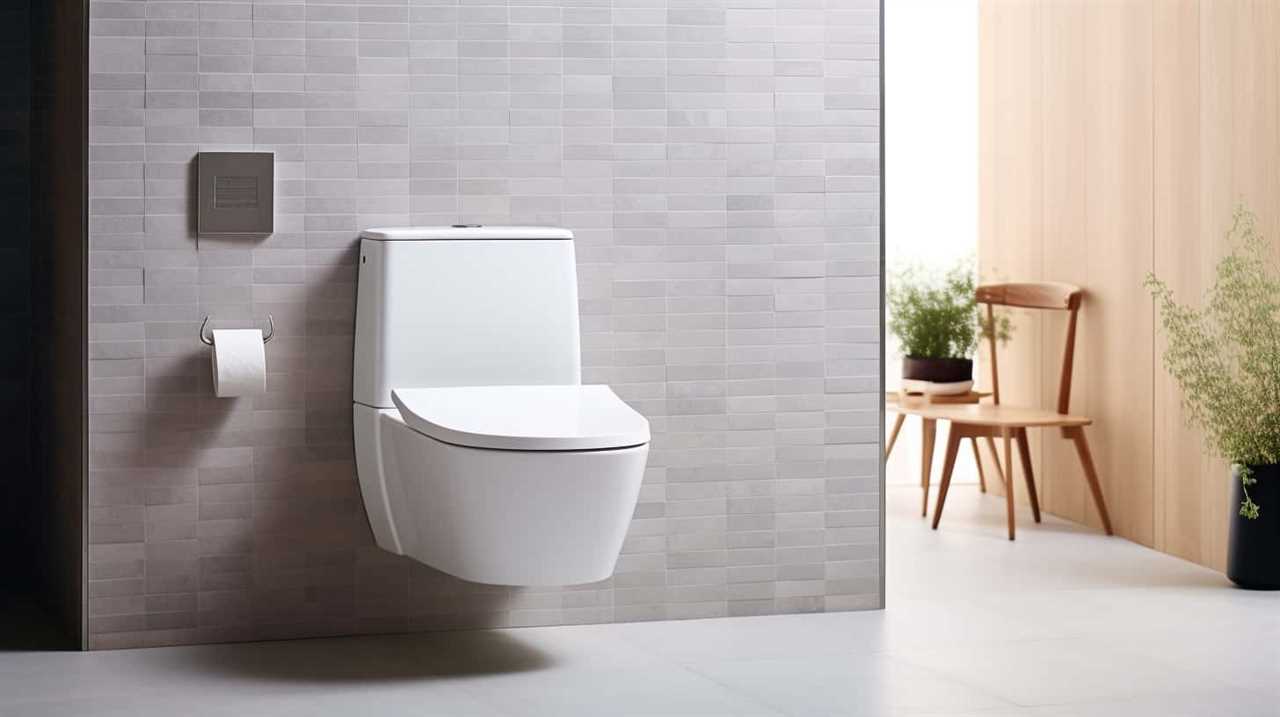
When it comes to electrical safety standards in the bathroom, it’s crucial to choose the right fixtures for each zone. Here are three essential bathroom lighting fixtures that comply with the electrical safety standards:
- Zone 0: This zone includes the interior of the bathtub or shower basin. In this zone, only low voltage fixtures are permitted, such as low voltage LED lights that are waterproof and safe for use in wet areas.
- Zone 1: This zone covers the area above the bathtub or shower basin up to a height of 2.25 meters. Here, you can install IP65-rated lighting fixtures, which are protected against water jets from any direction.
- Zone 2: This zone extends 0.6 meters horizontally from the edge of Zone 1 and 2.4 meters vertically from the floor. In this zone, you can use IP44-rated fixtures, which are protected against splashing water.
Frequently Asked Questions
What Are the Consequences of Not Following Bathroom Zone Regulations?
Not following bathroom zone regulations can lead to serious consequences. It is crucial to adhere to electrical safety measures in bathrooms to avoid potential hazards and ensure the well-being of everyone using the space.
Are There Any Specific Electrical Fixtures That Are Prohibited in Certain Bathroom Zones?
Prohibited fixtures in certain bathroom zones are determined by safety measures. Understanding the regulations ensures compliance. To maintain safety, follow guidelines for electrical fixtures in each designated zone.
Can I Install a Hairdryer in Zone 1 of My Bathroom?
Yes, you can install a hairdryer in zone 1 of your bathroom, but it must meet specific electrical safety requirements. It’s crucial to consider the regulations and guidelines to ensure proper installation and minimize potential hazards.

Are There Any Specific Electrical Safety Measures Required for Each Zone?
Electrical safety measures are essential in each bathroom zone. It is crucial to adhere to the regulations set for each zone to ensure the safety of all electrical installations and prevent any potential hazards.
Can I Use a Regular Light Switch in Zone 2 of My Bathroom?
Yes, you can use a regular light switch in zone 2 of your bathroom. However, it is important to follow the regulations set for bathroom zones to ensure safety, especially when using hairdryers.
Conclusion
In conclusion, understanding the concept of bathroom electrical zones is crucial for ensuring safety and compliance with regulations.
By differentiating between the various zones and implementing the appropriate safety measures, such as using the correct electrical fixtures for each zone, potential hazards can be minimized.
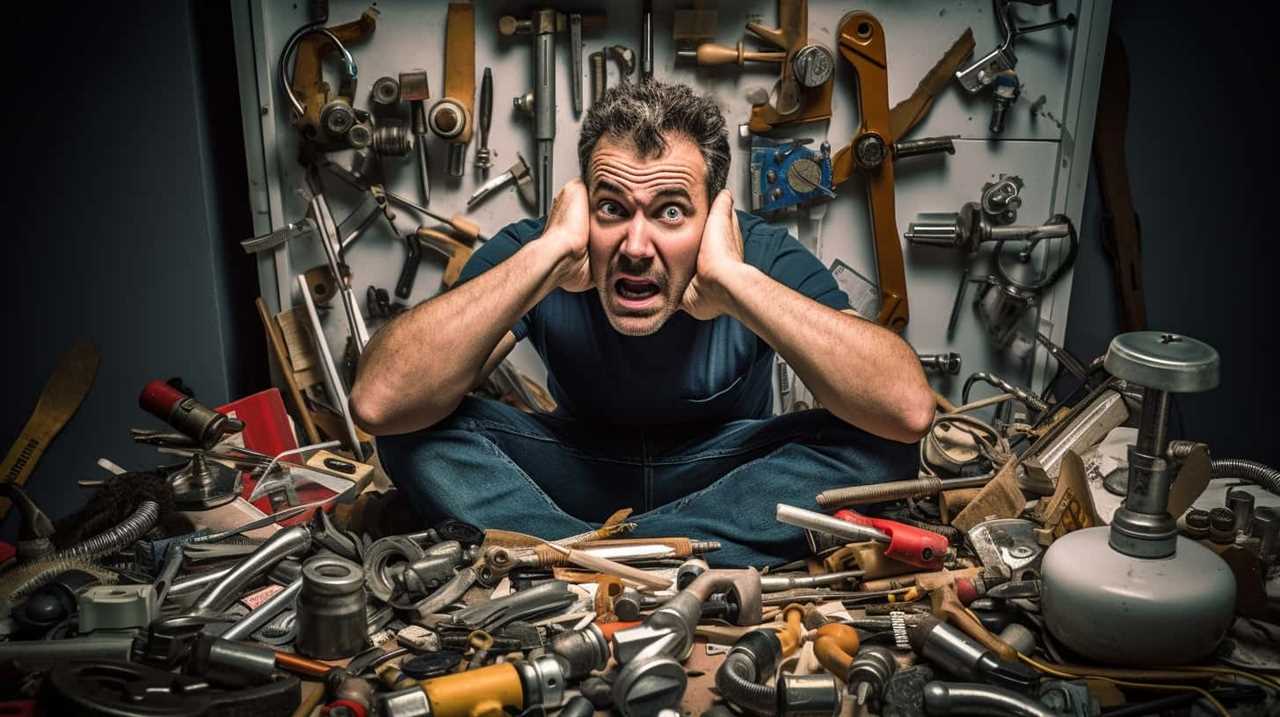
Remember, just as each zone has its specific purpose and requirements, so too should your approach to electrical safety in the bathroom be tailored for maximum protection.
Stay informed and stay safe!







